Two years ago, at a market stall near Vatican City, I bought three illustrated cookbooks published only in Italian as supplements of the Italian magazine Famiglia Cristiana: La Cucina dei Pellegrini, La Cucina dei Papi, and La Cucina dei Santi (The Cuisine of Pilgrims, The Cuisine of Popes, The Cuisine of Saints). Part of an eight-volume series Enciclopedia del Mangiare Sano (Encyclopedia of Healthy Eating), three other volumes concern cuisine, vegetable and medicinal plant gardens and orchards, and cellars of abbeys and monasteries.
After reading in “Food for Thought” Mother Martha’s “Bagna Caùda: Pope Francis’ Favorite Dish,” I became curious about the eating habits of Francis’ predecessors, starting with St. Peter and coming up to the Bavarian tastes of Benedict XVI. Most of our information dates to the Middle Ages, the Renaissance or from the 19th century onwards, but there are many of the now 266 Popes for whom we have culinary records. Here are the highlights of my discoveries.
St. Peter was a fisherman on the Sea of Galilee, and its spiky little John Dory is also known as “Peter’s Fish.” According to the article, “What Popes Liked to Eat for the Last 2,000 Years,” in the February 12, 2013 issue of Bon Appétit: “…the fish gained its pair of black spots through direct saintly intervention: one story says that Peter, seeing how ugly the fish was, picked it out of his net with his thumb and forefinger (making the marks) and tossed it back in the briny; another links it to Peter’s earlier past as a charcoal-maker; and yet another claims that he found a silver coin in the fish’s mouth, and that the marks are some kind of sign of gratitude.”
According to Mariangela Rinaldi and Mariangela Vicini’s Buon Appetito Santità from 1998 (its text and recipes are probably the source of the above-mentioned books and article), St. Peter also liked lamb and corratella (innards).
From Peter we jump to Gelasius I (492-96), who provided crespelle or pancakes to French pilgrims in Rome. They took the recipe back to France.
Gregory the Great (590-605) suffered cravings for cherries, although otherwise extremely frugal. A Latin inscription on an outdoor portal of the Aventine Basilica San Saba translates “from this house everyday my pious mother (St. Silvia) brings a bowl of vegetables to the Clivio di Scauro” (the monastery were Gregory lived).
Frugal Popes before our Pope Francis include strict teetotaler Eugene IV (1431-1447), exclusively meat-eating Flemish Hadrian VI (1522-23), organic-food enthusiast Sixtus V (1585-90), Innocent IX (1591), and bread-and-water fasters Clement VIII (1592-1605) and Clement IX (1667-69). Others are Sixtus IV (1471-1484), the founder of the Vatican Library, who compensated his overeating at official banquets with drastic starvation diets of vegetables, milk products, and codfish; the insomniac former Dominican Paul V (1559-65), the only Borghese Pope, whose chef paradoxically was the super-talented Bartholomew Scappi, the author of the world-famous 900-page Opera dell’arte del cucinare; and his successor Pius V (1566-1562), who nourished himself almost exclusively on donkey’s milk.
According to Bon Appétit, the latter “is described in the Oxford Companion to Italian Food as an ‘intransient ascetic who maintained an austere and abstemious attitude towards food and drink, and the table, for which he laid aside a miserly sum.’ When intensely weakened by constant fasting, he threatened to excommunicate anyone who would strengthen his daily broth.” Another Pope who loved dairy products, especially cacio cheese made from ewe’s milk from his home village of Pienza, was the Renaissance humanist Pius II Piccolomini (1458-64), famous for scholarship and his magnificently frescoed library in Siena (Entrance 3 euros, March 1-Nov. 2 10:30-19:00; Nov. 2-Feb. 28 10:30-17:30).
In contrast, the food loving pontiffs began with Innocent III (1198-1216), one of the medieval Church’s most powerful Popes, who had a predilection for Verdicchio wine, which he drank from golden goblets. Chronologically he’s followed by French-born Martin IV (1281-85), whom Dante placed in Purgatory because of his passion for eels from Lake Bolsena which he himself cooked in “Vernaccia.” He’s said to have died from indigestion.
A decade later Boniface VIII (1294-1301), who organized the first “Jubilee Year” in 1300, was another hedonistic Pope. Not only was his goblet made of transparent precious stones, but all his tableware was solid gold. Since he declared that both spiritual and temporal power were under the pope’s jurisdiction thereby subordinating kings to the Roman pontiff, “understandably,” as Bon Appétit reports, “he was terrified of being poisoned, and not only employed a full-time food taster, but made semi-magical implements for the purpose, shaped like unicorn horns, saplings, or a snake’s forked tongue. He also ate with ‘magic knives,’ which were supposed to reveal poison on contact.”
Speaking of knives, Clement VI (1342-52), the fourth of seven Avignon Popes (1309-77), all great wine lovers, announced that his aesthetic predecessors “did not know how to be Pope” and hosted lavish 9-course feasts with over 30 dishes where only he was allowed to eat with a knife to safeguard against the outbreak of violence. Undoubtedly, his favorite local wine from Châteauneuf was a more reliable deterrent and thus gained the name “Châteauneuf-du-Pape.”
Again according to Bon Appétit, Martin V (1417-31), although upright and the peacekeeper of the “Great Schism” was another big eater. “His chef, the German-born Giovanni Bockenheym, wrote down 74 separate recipes [Registrum coquine, the first surviving document concerning the papal kitchen], each meant for the different social classes of people visiting the pope: spicy chicken soup for visiting kings down to bread and leek soup for lower level clergy. He even included an orange and cream dish meant for adulterers and harlots, intentionally designed to keep libido low.”
Another Pope, art-loving gourmet Paul II (1464-71) was famous for reintroducing Carnival in 1468 and for his chef Bartolomeo Platina whom later, in 1477, Sixtus IV appointed the first Prefect of the Vatican Library. Platina’s cookbook, De honesta voluptate et valetudine, was the first ever printed on a press. “Published in 1470,” recounts Bon Appétit, “it included an unfortunately prophetic section, warning of the dire consequences of eating melon on a full stomach, noting that they were best as an appetizer. Paul II died from eating ‘two good big melons’ poisoned or otherwise (reports are hazy) the next year.”
Speaking of poison, according to Oretta Zanini De Vita in her Popes, Peasants and Shepherds: Recipes and Lore from Rome and Lazio, Benedict X (1303-04) owed the brevity of his papacy to his passion for figs, also shared 300 years later by Urban VIII Barberini (1623-44). For on a visit to a Dominican monastery in Perugia, some conspirators took advantage of his weakness and served the medieval Holy Father a basket of beautiful fresh figs—filled with so much poison that he died within a few hours. Personally involved corrupt, nepotistic Alexander VI (1492-1503), possibly co-host with his son Cardinal Cesare Borgia of the infamous alleged orgy, Banquet of Chestnuts, perhaps embellished as a blackmail trap, had a favorite family poison, “cantarella” nicknamed “the liquid of succession.” “Slow-acting, ‘cantarella’, Bon Appétit recounts, “was reportedly made by sprinkling pig entrails with pure arsenic. After some time, the entrails were then wrung out, resulting in a semi-organic, tasteless liquid that was a subtler and more effective killer than straight arsenic.”
The first two Medici Popes, the obese and good-humored patron-of-the-arts Leo X (1513-1521) and Pius IV (1559-65), uncle of San Carlo Borromeo and presider of the last session of the Council of Trent, were both gourmands. While it’s rumored that once pleasure-loving Leo X, who liked to play practical jokes, decided to entertain his dinner guests by forcing his court fool to eat a leather jacket “stewed in savory sauce,” Pius IV liked to drink barley water and eat frogs fried with garlic and parsley according to his already-mentioned chef, Bartolomeo Scappi. After Pius IV, who habitually took at least three hours over a meal of at least 20 courses, we have to jump ahead a few hundred years to Pope Gregory XVI (1831-46), the next Pope we know enjoyed his food. He liked to catch his own fish and travelled the countryside for days to taste local delicacies, but he also imposed a new tax on wine.
Instead, the first Pope of the 20th century, Leo XIII (1878-1903) and his successors: Pius X, Benedict XV, Pius XI, and Pius XII, for the next half-century harkened back to the asceticism of some of their distant predecessors. Leo XIII’s physician Dr. Lipponi once remarked, “I eat more in one meal than the Pope does in seven days.”
To the contrary, Pope John XXIII (1958-63), born into a large farming family near Bergamo and called “il papa buono” and “peasant Pope,” loved home cooking and was a hearty eater. His favorite food was cornmeal polenta, homemade caseuola, and Taleggio, Robiola, and French cheese because he’d been apostolic nuncio in France.
Like John XXIII, Popes John Paul II (1978-2005) and Benedict XVI (2005-2013) loved the foods of their birthplaces. John Paul II’s favorite was kremowka, a “cream puff” from Wadowice, Poland, a buttered roll and glass of goat’s milk for breakfast, Polish meat for lunch, and Polish cold cuts for supper, all prepared by Polish nuns. Instead sweet-tooth Pope Benedict XVI’s gastronomic tastes were tied to his native Bavaria: Christmas cookies, beer (particularly Franziskaner Weissbier, a light monk-made brew), and Bavarian potato pancakes.
A 1974 article in People Magazine reported that Paul VI (1963-78), whose meals were prepared by nuns from his hometown of Milan, liked “to unwind in the evening with a light scotch and soda,” that he often ate alone or with his secretary, his brother, and visiting cardinals. Much more importantly, however, for the 1.2 billion Roman Catholics around the world, in 1966 his Paenitemini reformed the rules on fasting and abstinence, allowing prayer and works of charity to substitute for deprivation, especially in poor countries. Pope Francis will beatify him on October 19.

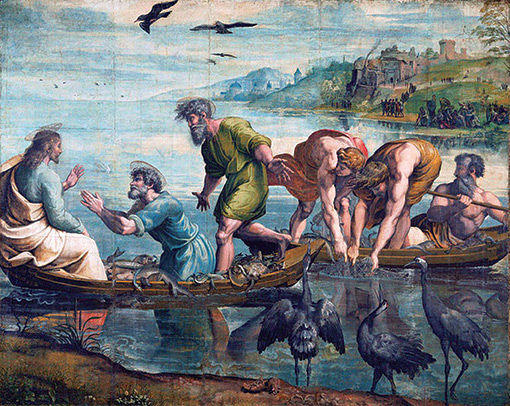
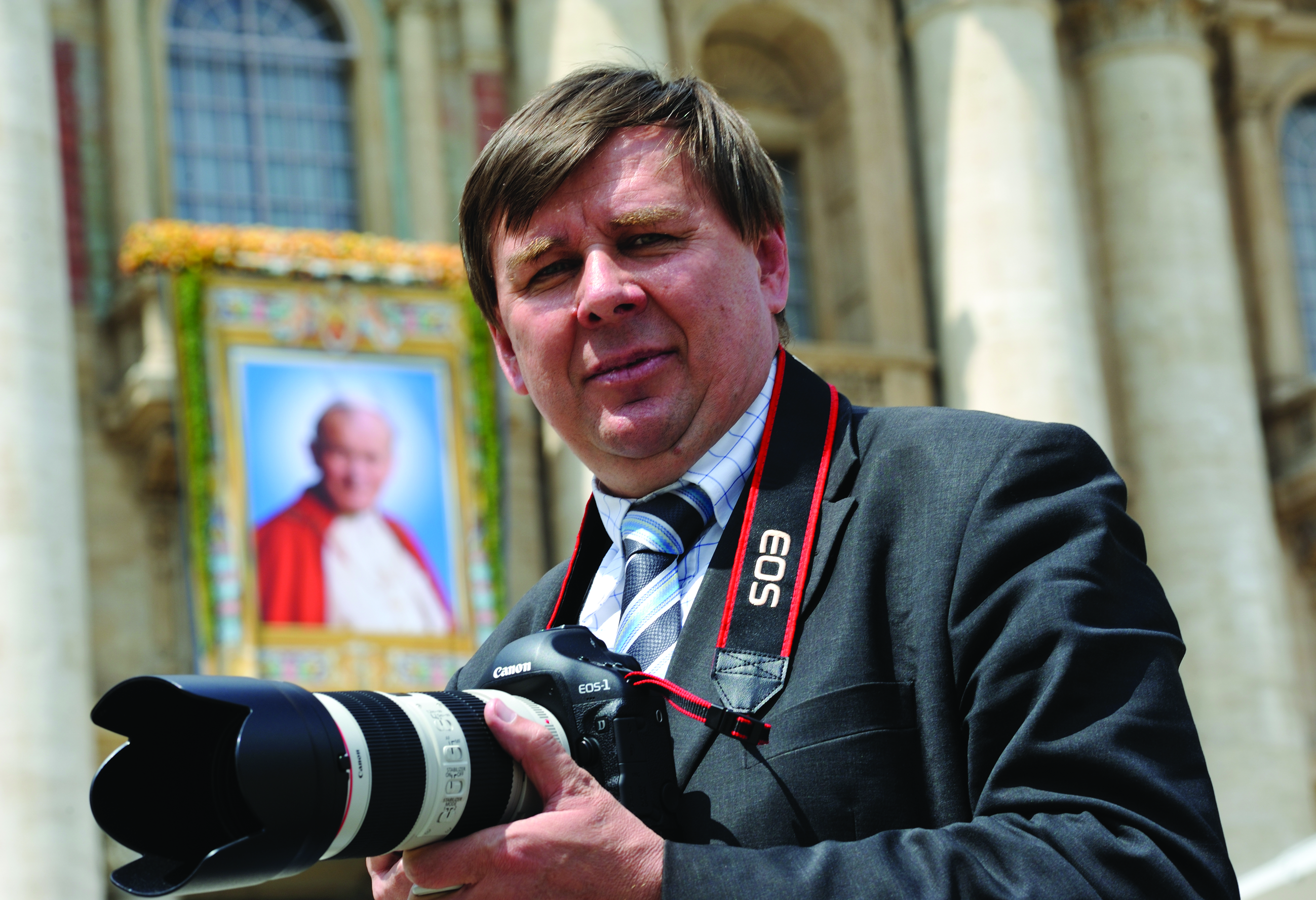
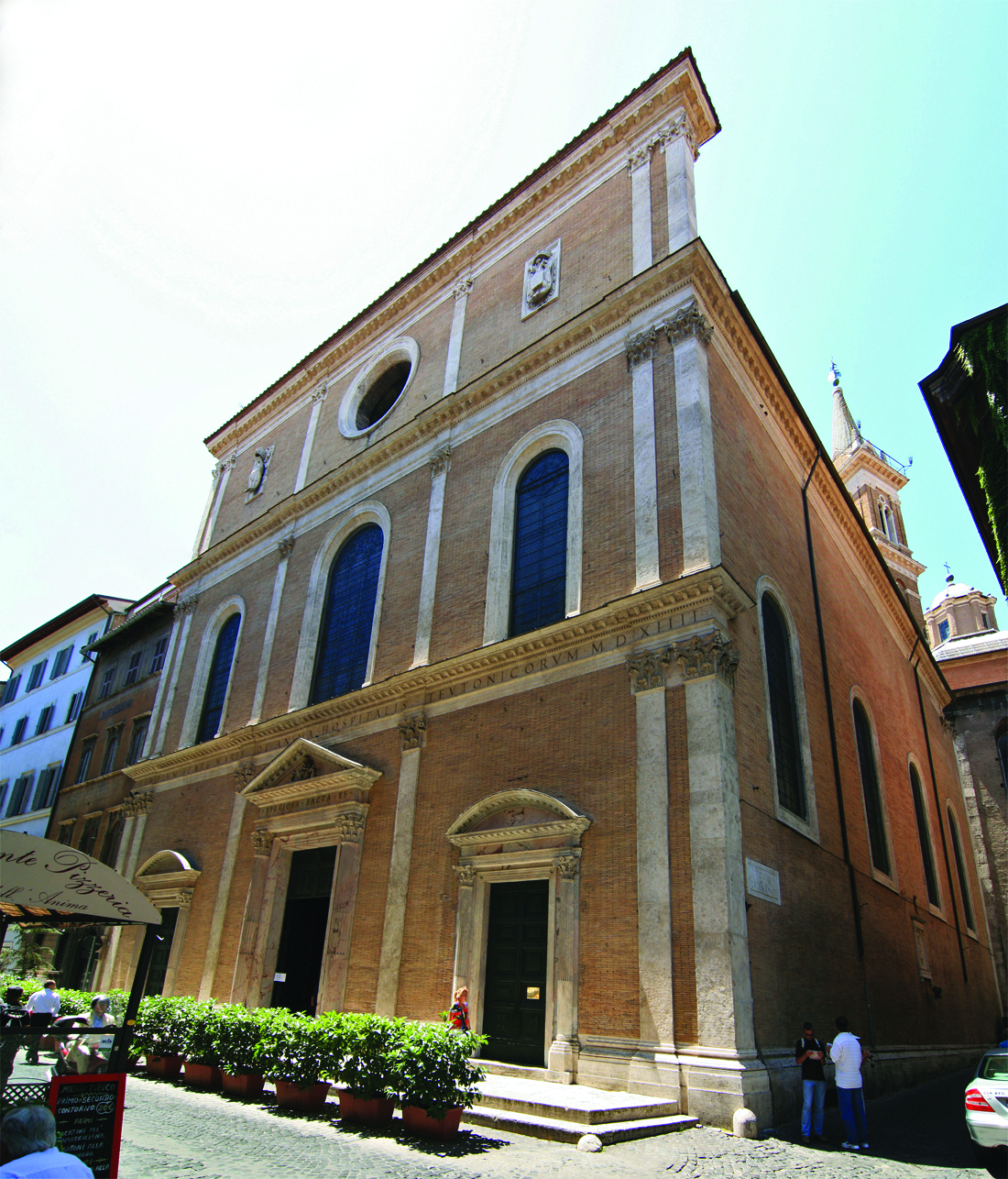
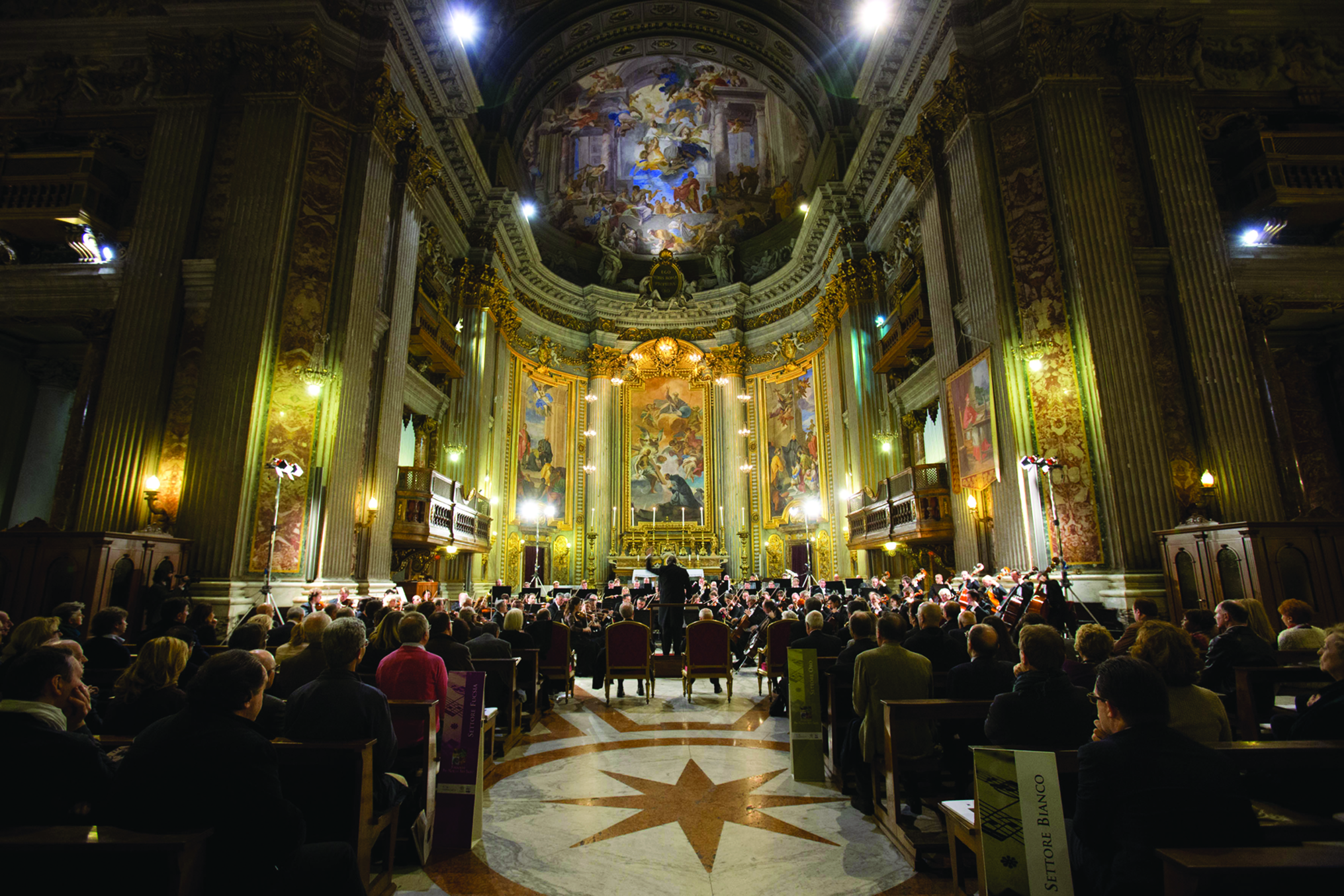
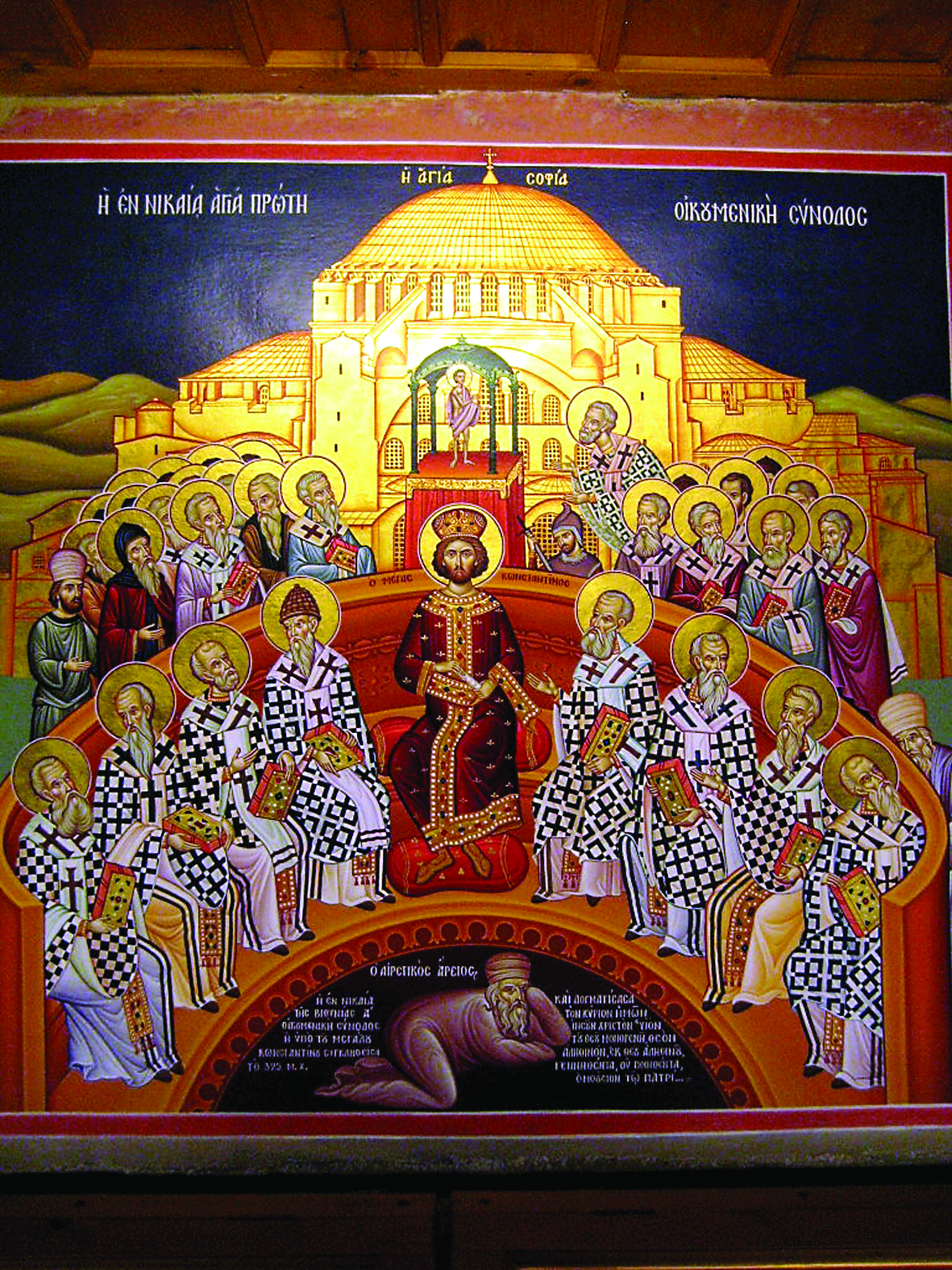
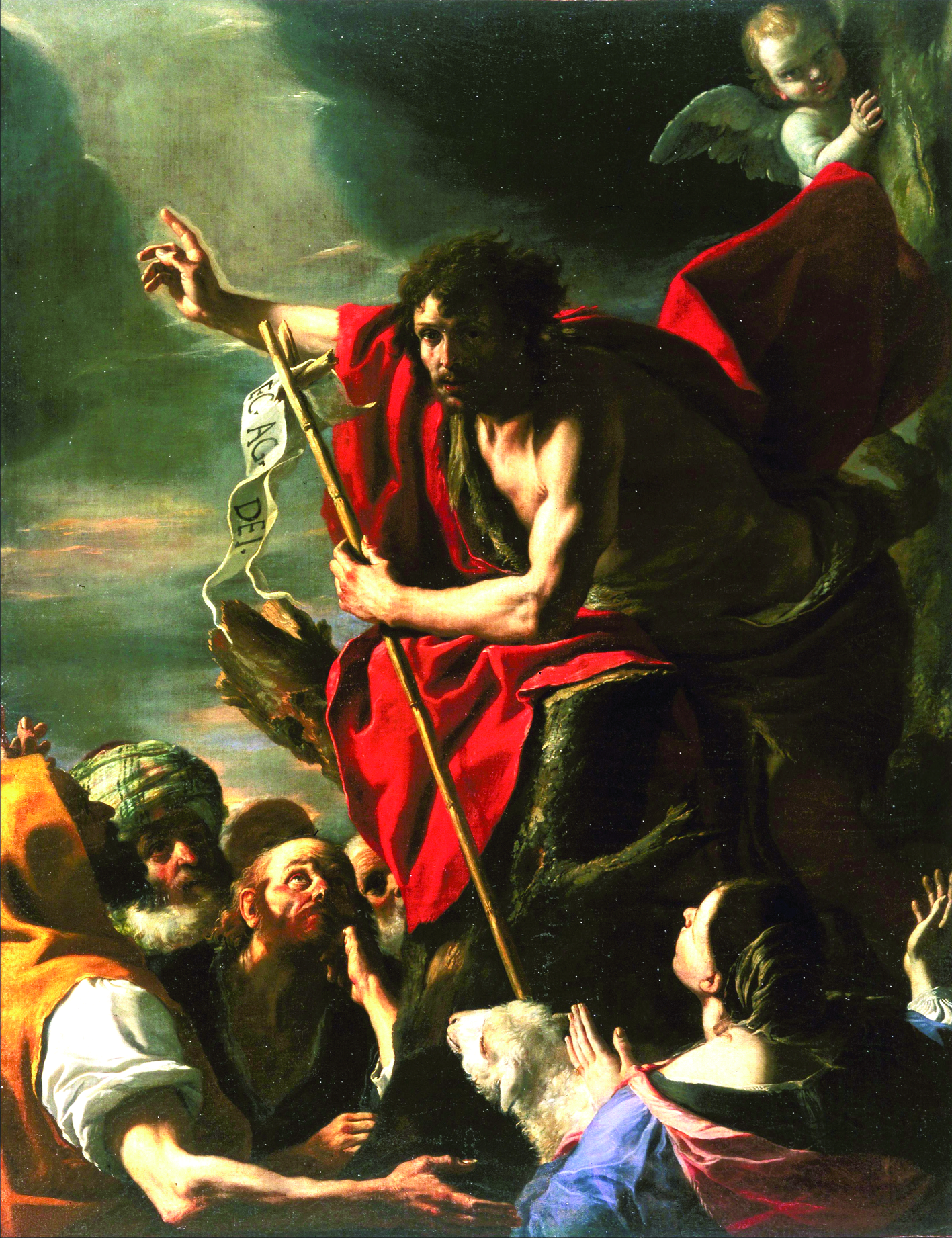
Facebook Comments